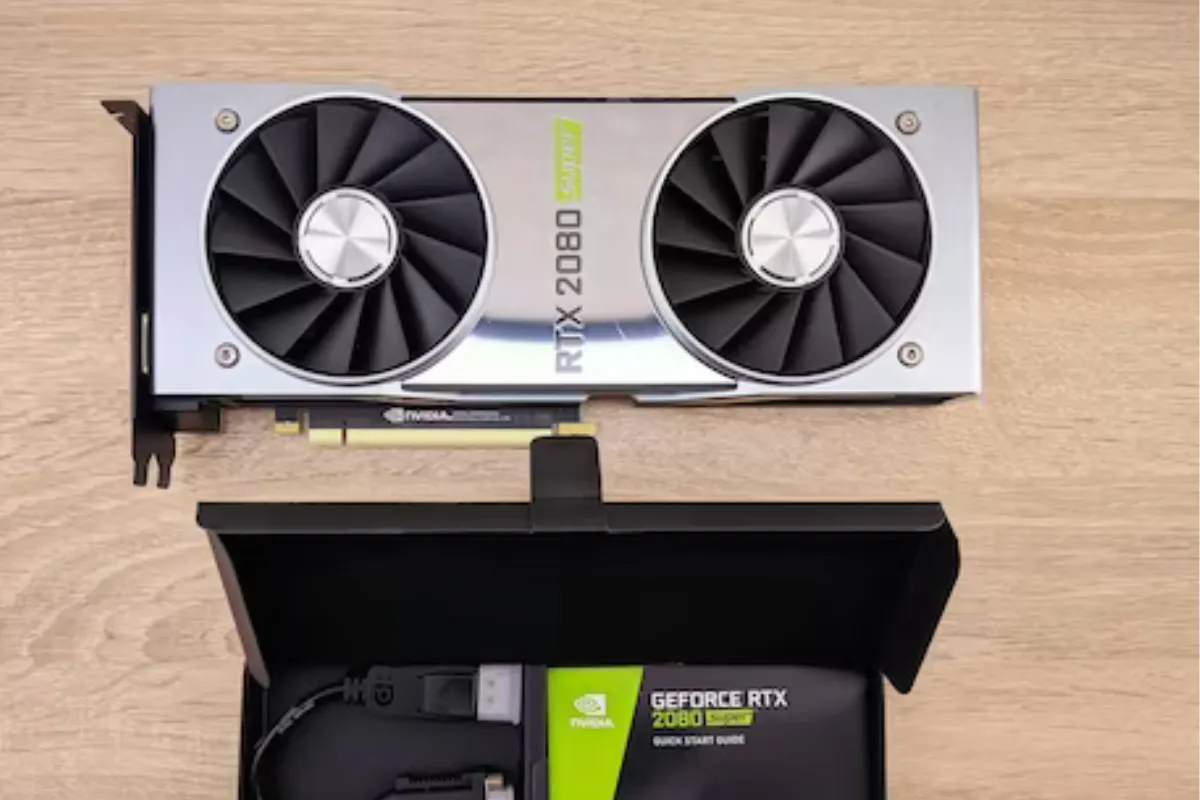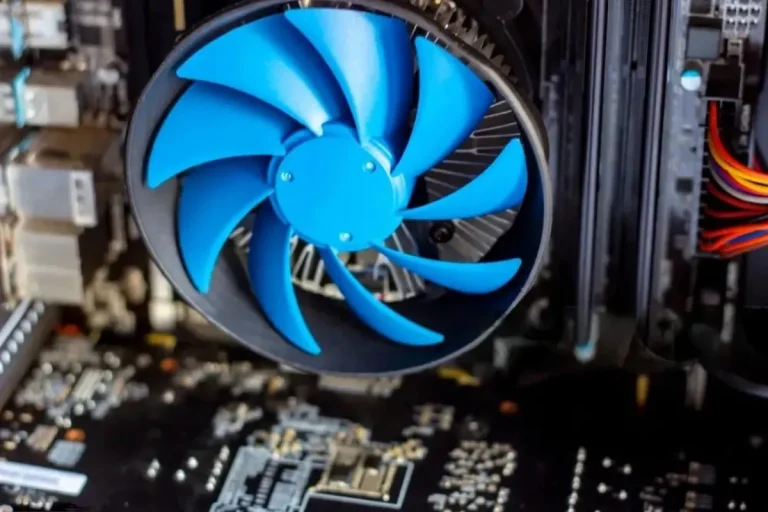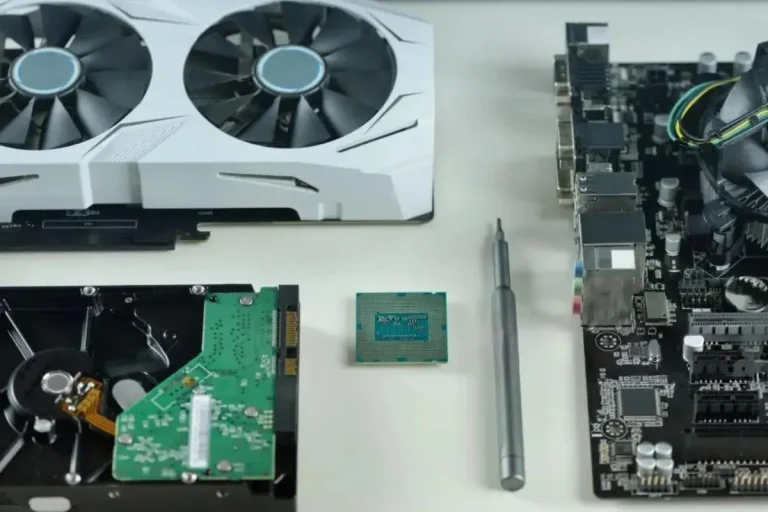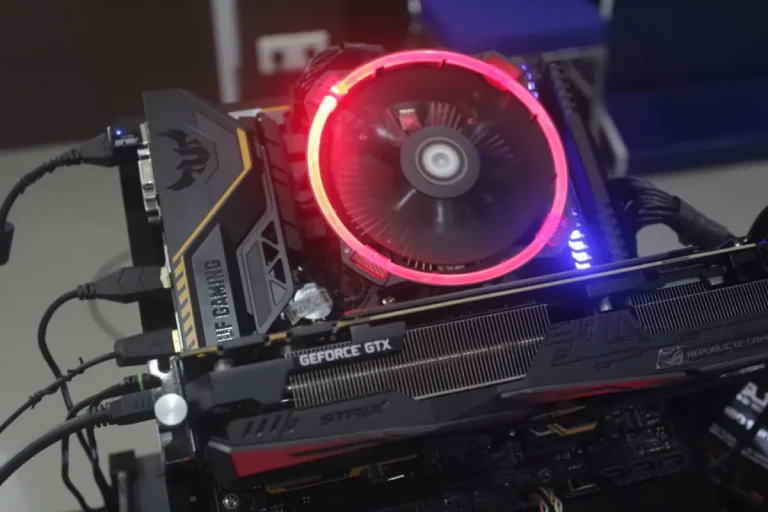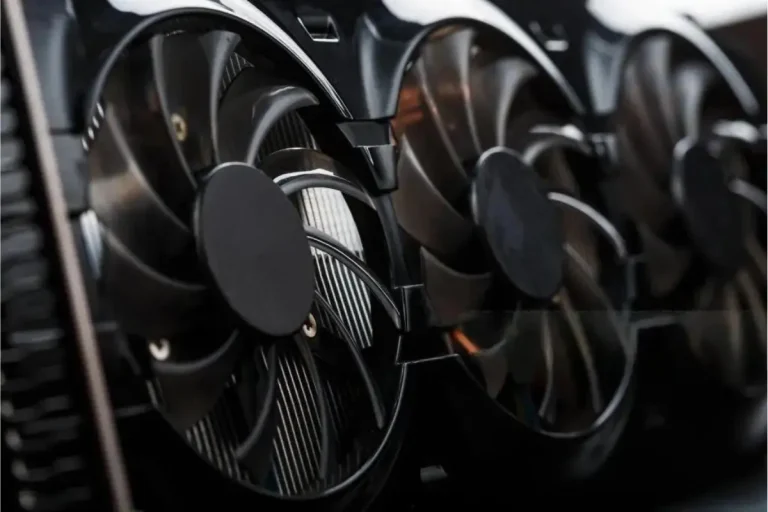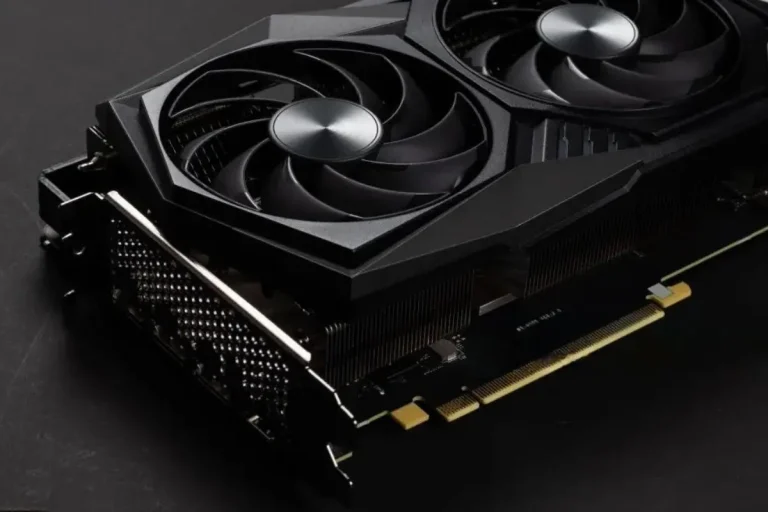What is coil whine, and how does it affect your video card?
Curious about that strange buzzing sound coming from your video card? Wondering what it is and how it might affect your gaming experience? We’ll delve into the world of coil whine, demystifying its origins and exploring its impact on your beloved video card. Get ready to uncover the secrets behind this peculiar phenomenon!
Effects of Coil Whine on Video Cards
When it comes to video cards, coil whine can have a significant impact on both the user experience and the overall performance of your system.
We will explore the effects of coil whine, including the annoyance and distraction caused by the noise, the potential performance degradation, and the additional stress it puts on the video card’s electrical components.
Annoyance and Distraction
Coil whine, with its high-pitched buzzing or squealing noise, can be incredibly annoying and distracting, especially during quiet moments in games or while working on tasks that require concentration.
The constant presence of this noise can detract from the immersive experience and disrupt your workflow.
Relationship with Performance
While coil whine itself does not directly impact the performance of your video card, it can be an indicator of potential issues. In some cases, heavily whining components might be associated with manufacturing defects or poor quality control.
However, it is important to note that not all coil whine indicates a problem, as some video cards may produce a slight noise under heavy load without any performance issues.
Additional Stress on Electrical Components
Coil whine is often a result of electrical currents passing through the coils of the video card’s components. This phenomenon can put additional stress on these electrical components, potentially leading to premature wear and tear.
Over time, this stress may contribute to the degradation of the video card’s performance and reliability.
Factors Influencing Coil Whine
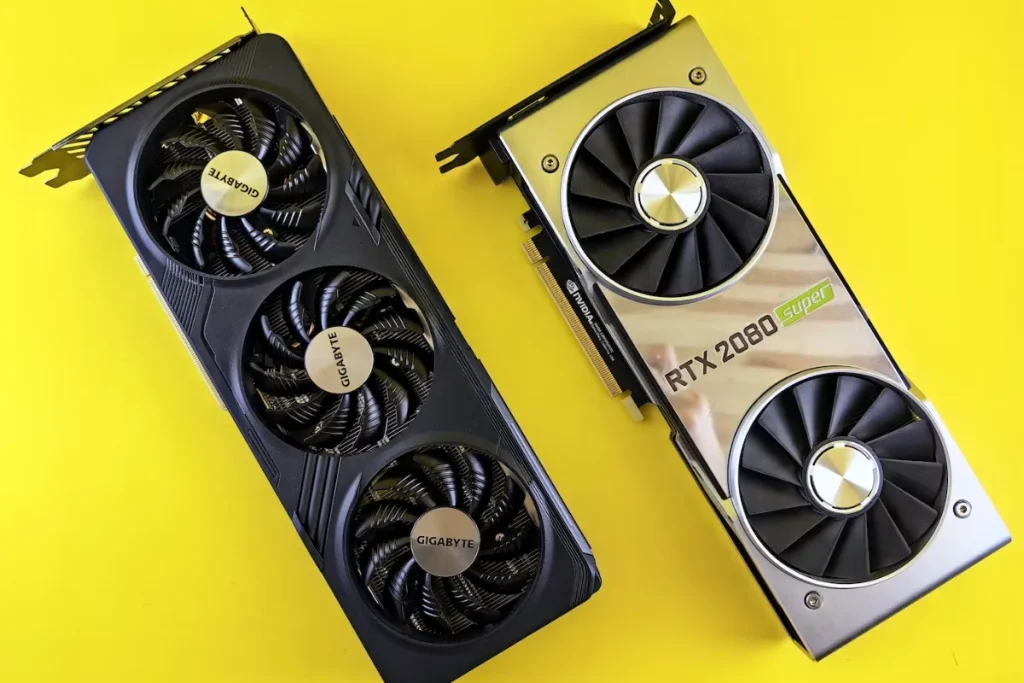
Coil whine, the pesky noise that can emanate from your video card, is influenced by various factors. We will explore these factors, including the variability in occurrence among different video card models and manufacturers, the role of power supply units (PSUs), and the connection between coil whine and GPU load.
Variability in Coil Whine Occurrence
Coil whine is not a universal issue and can vary among different video card models and manufacturers. Some cards may exhibit minimal or no coil whine, while others may be more prone to it. This variability can be attributed to differences in component quality, design choices, and manufacturing processes.
Role of Power Supply Units (PSUs)
The power supply unit plays a crucial role in the occurrence of coil whine. Inadequate or low-quality PSUs may introduce electrical inconsistencies, causing the coils in the video card to vibrate and produce a whining noise.
Opting for a high-quality PSU with stable power delivery can help minimize the chances of coil whine.
Connection between Coil Whine and GPU Load
Coil whine can be more prevalent during high-demand tasks that load the GPU heavily. When the video card is working harder to render complex scenes or run resource-intensive applications, the electrical currents passing through its components increase, potentially leading to increased coil whine.
However, it is important to note that not all video cards exhibit this behavior, and the presence of coil whine does not necessarily indicate performance issues.
Minimizing and Preventing Coil Whine
Coil whine can be an annoying issue for video card users, but there are ways to minimize and prevent it. We will explore some tips and techniques to reduce coil whine, the effectiveness of aftermarket modifications and GPU underclocking, and considerations regarding warranty coverage and potential solutions offered by manufacturers.
Using High-Quality PSUs and Ensuring Proper Grounding
One effective way to minimize coil whine is by using a high-quality power supply unit (PSU). A stable and reliable power supply can help reduce electrical inconsistencies that contribute to coil vibrations. Additionally, ensuring proper grounding of your system can help mitigate potential interference and noise.
Aftermarket Modifications and GPU Underclocking
Some users have reported success in reducing coil whine through aftermarket modifications, such as adding additional capacitors or insulation. However, it is important to note that these modifications may void the warranty and should be approached with caution.
Another technique is GPU underclocking, which reduces the load on the video card and can potentially alleviate coil whine. However, this approach may result in reduced performance.
Consideration of Warranty Coverage and Manufacturer Solutions
When dealing with coil whine, it is crucial to consider warranty coverage. In some cases, manufacturers may offer solutions, such as replacement or repair, if the coil whine is excessive or considered a defect. Checking the warranty terms and contacting the manufacturer for assistance can guide the available options.
Frequently Asked Questions
Q: What exactly is coil whine?
Coil whine refers to the high-pitched noise emitted by certain electronic components, such as coils, on your video card. It is typically caused by the vibrations of these components when they are subjected to varying electrical currents.
Q: Is coil whine harmful to my video card?
No, the coil whine itself is not harmful to your video card. It is simply an acoustic nuisance and does not directly impact the performance or longevity of your card.
Q: Can coil whine affect the overall performance of my video card?
In most cases, coil whine does not affect the performance of your video card. However, in rare instances, it might indicate an underlying issue with the power delivery or component quality, which could potentially impact performance.
Q: Is coil whine more prevalent in certain video card models or manufacturers?
Yes, coil whine can vary among different video card models and manufacturers. Some cards may exhibit minimal or no coil whine, while others may be more prone to it. This variability is often attributed to differences in component quality and manufacturing processes.
Q: Can I prevent or minimize coil whine on my video card?
While it is challenging to eliminate coil whine, there are some measures you can take to minimize its occurrence. These include using high-quality power supply units (PSUs), ensuring proper grounding, and considering aftermarket modifications or GPU underclocking techniques.
Conclusion
A coil whine is a high-pitched noise emitted by certain electronic components on your video card. While it may be an annoyance, it does not harm your card or affect its performance in most cases. By following some preventative measures and considering manufacturer solutions, you can minimize the impact of coil whine and enjoy a smoother video card experience.
